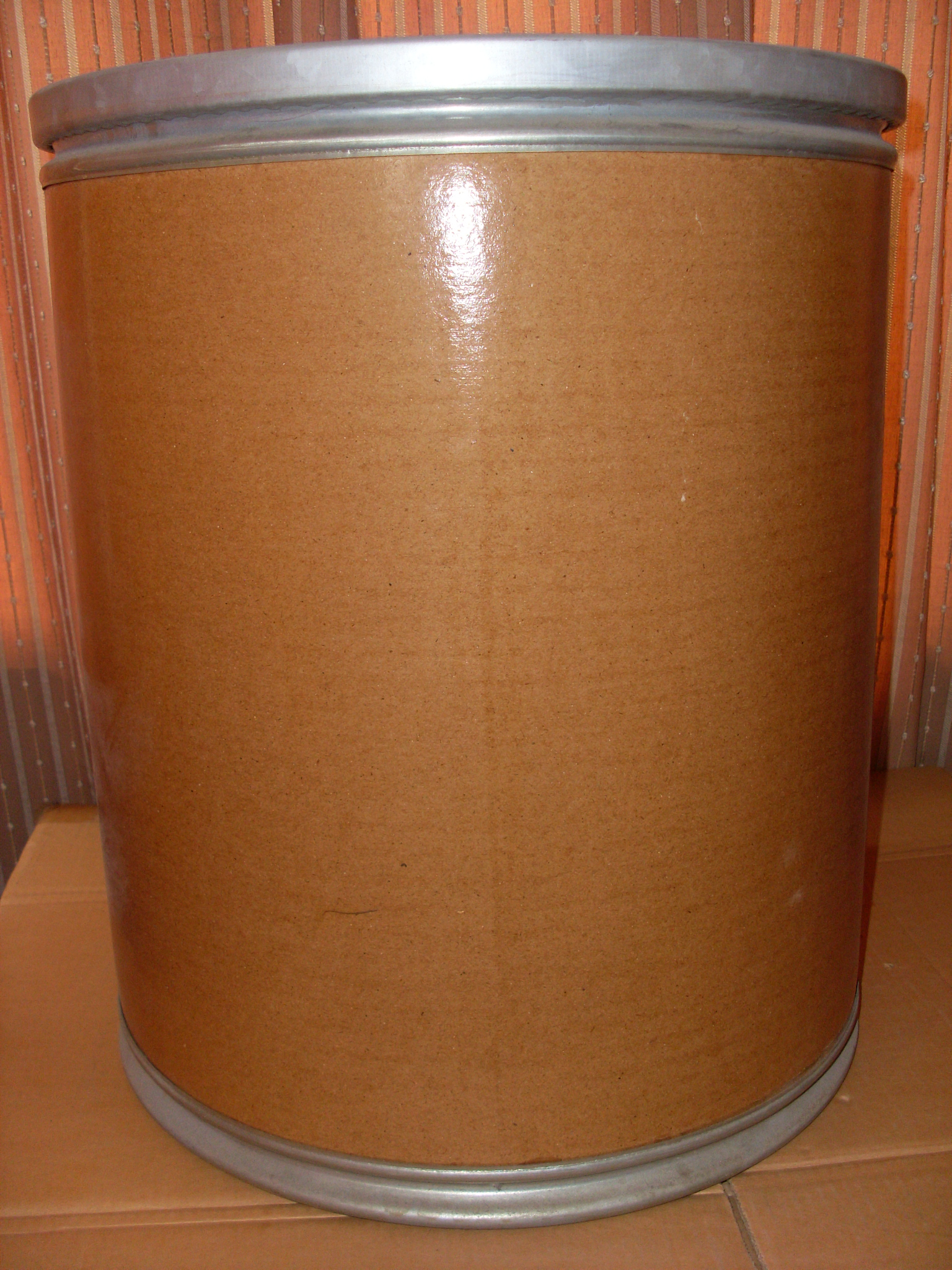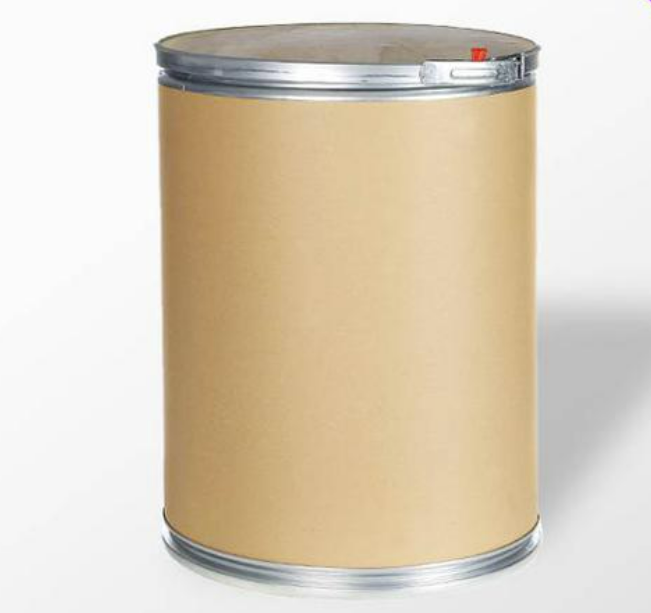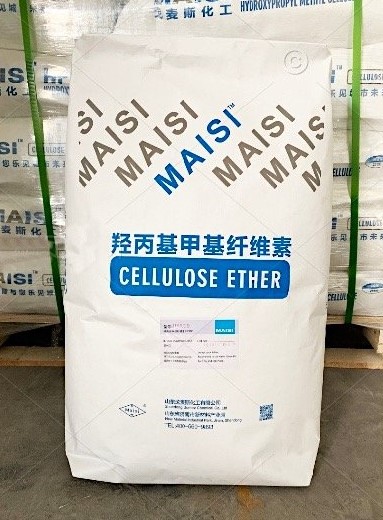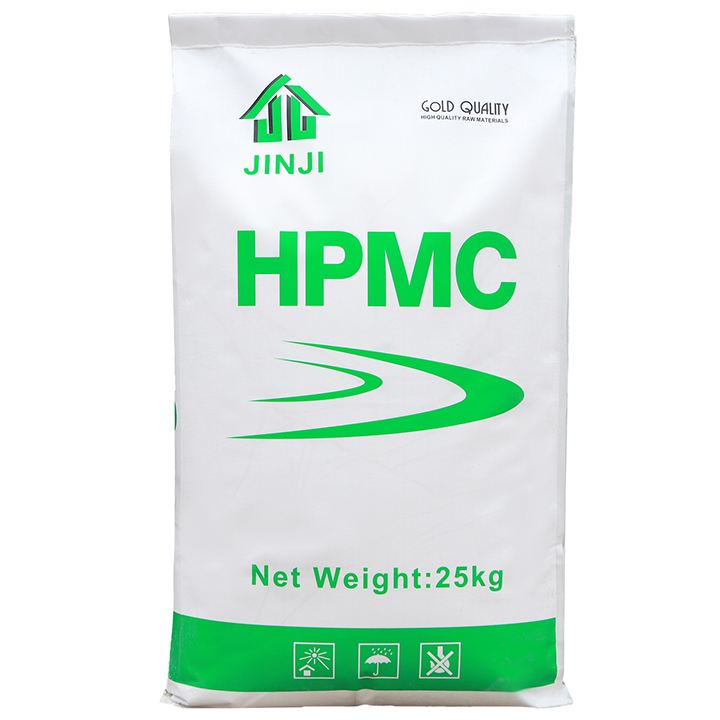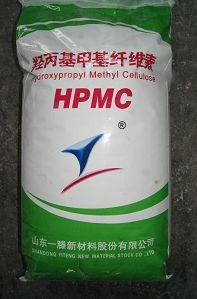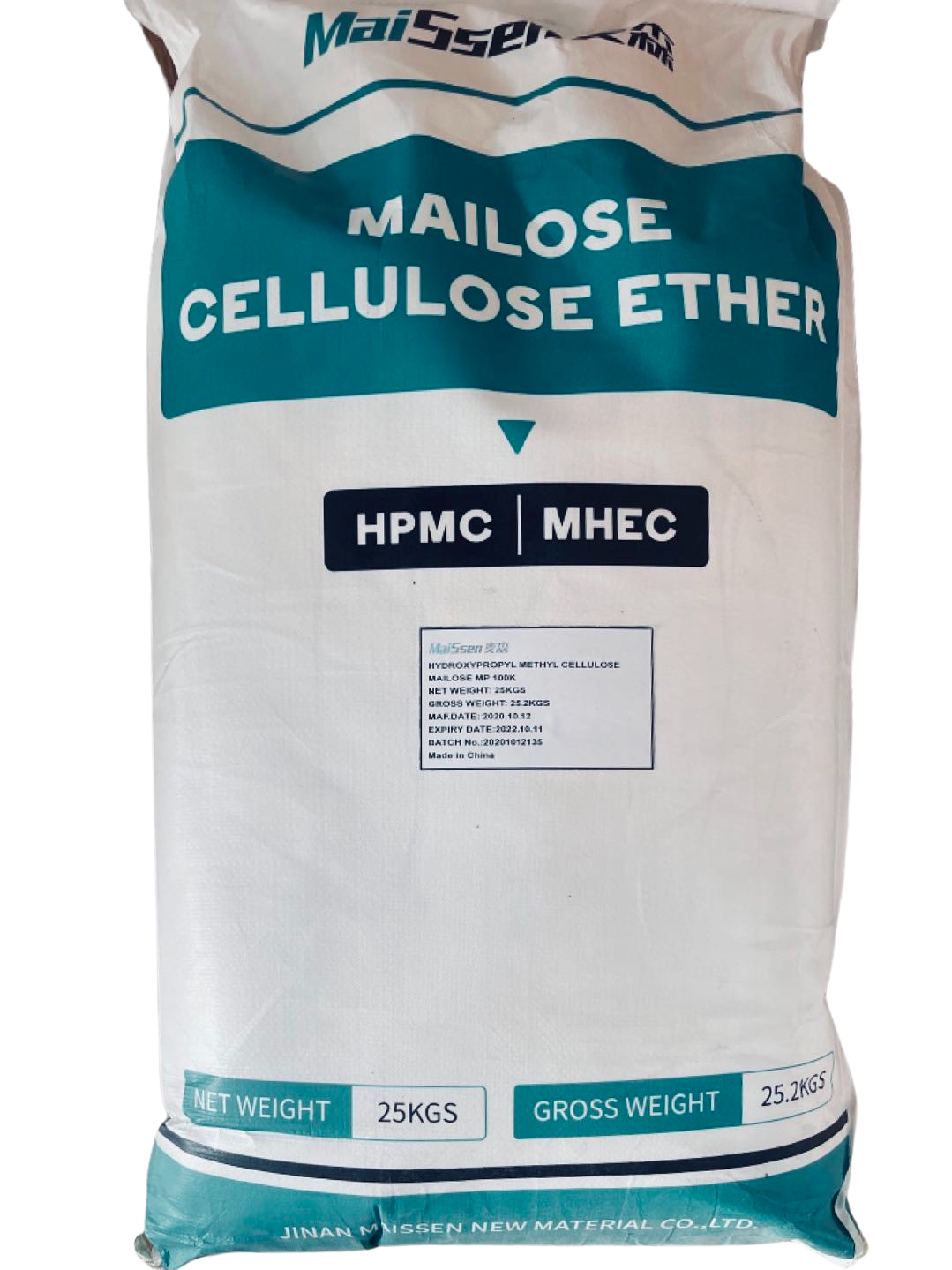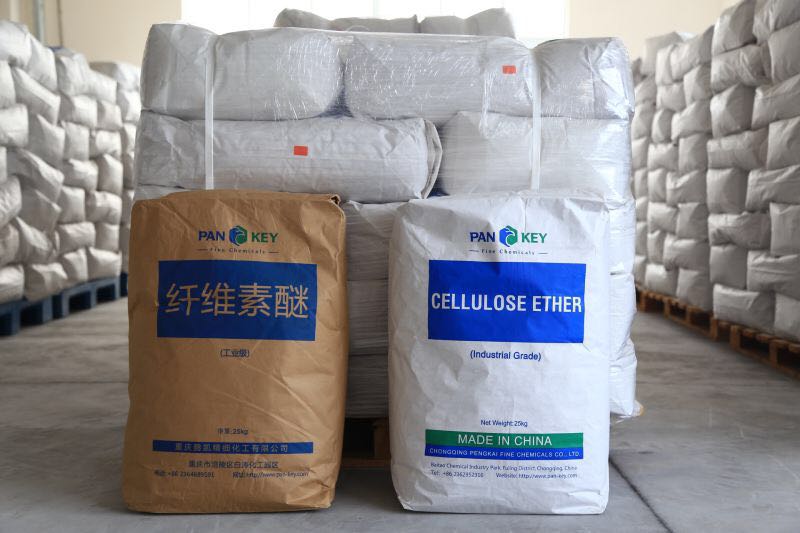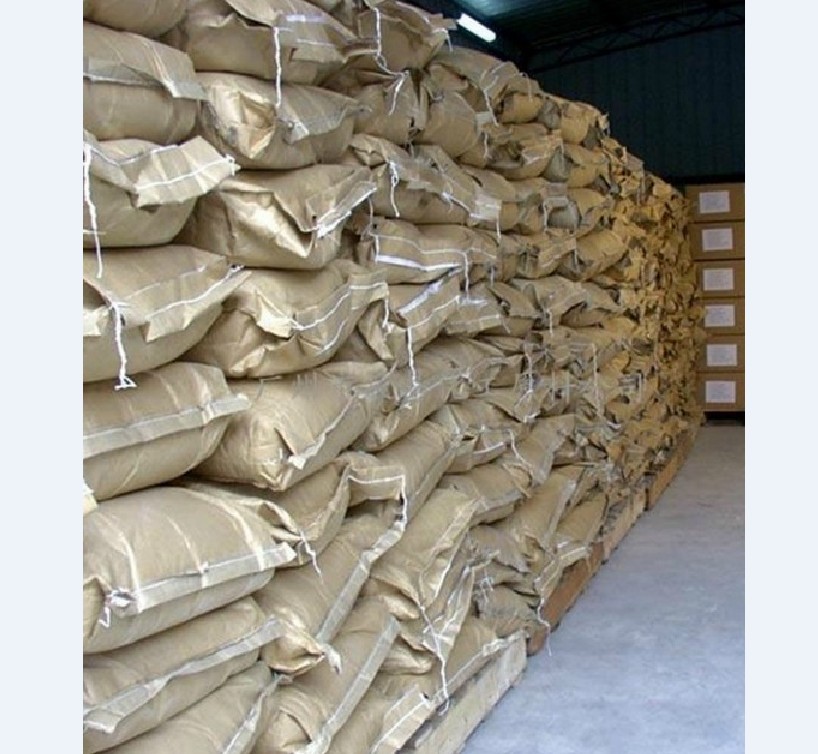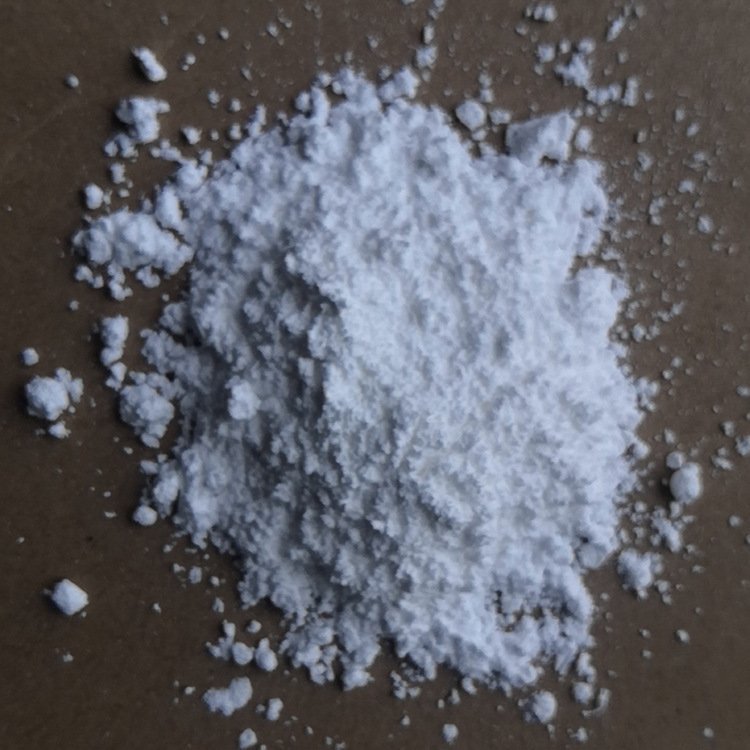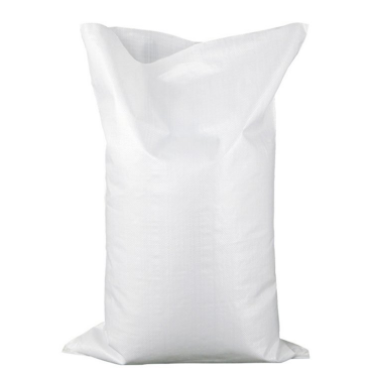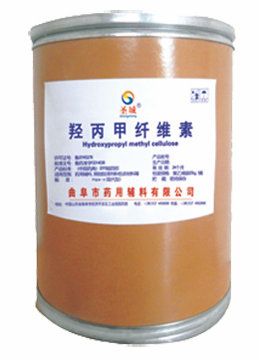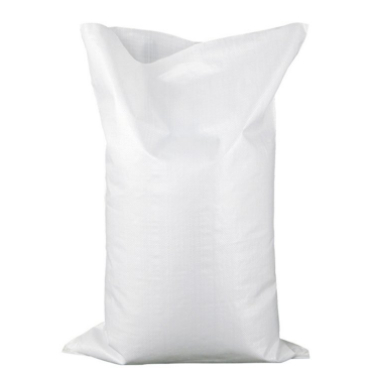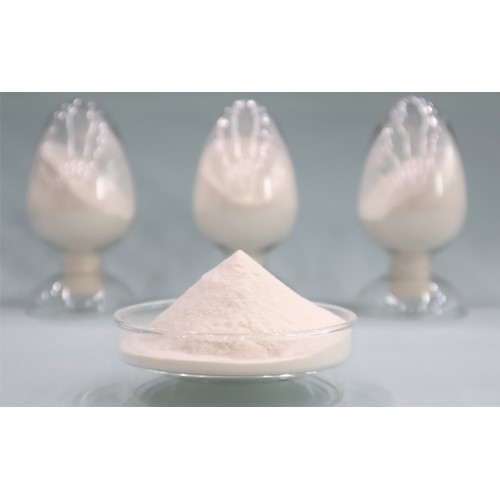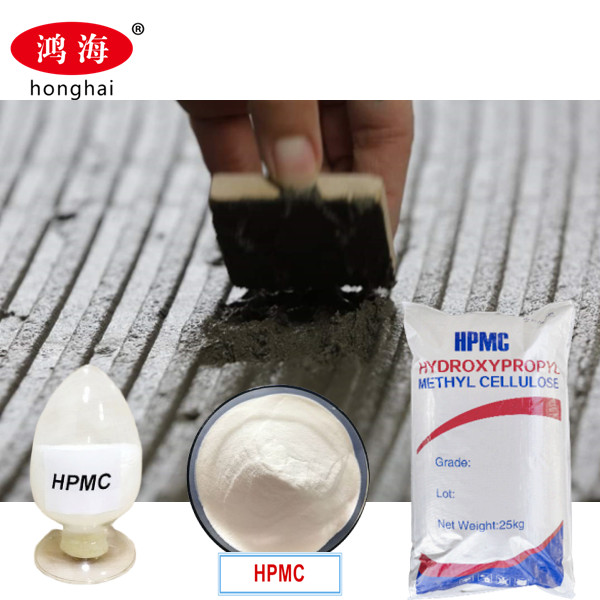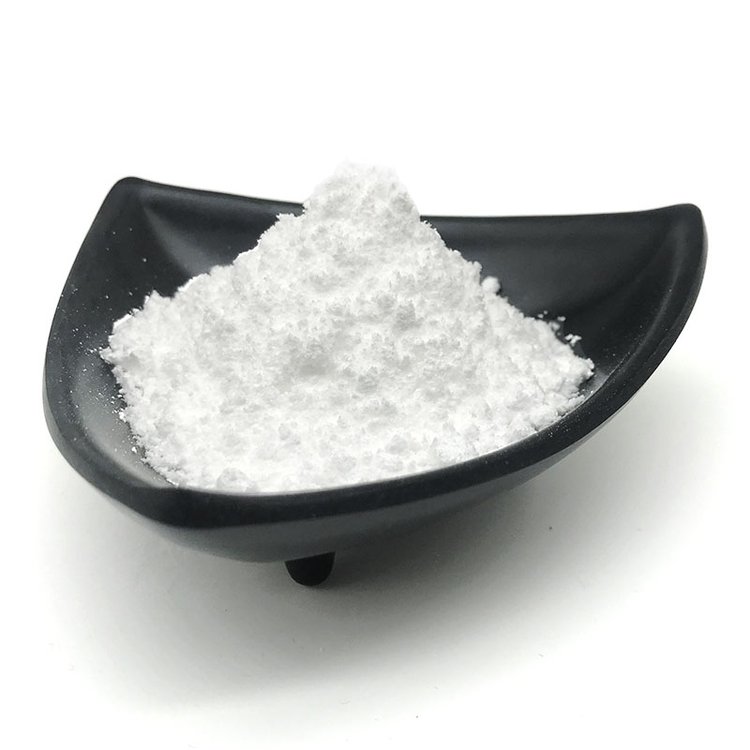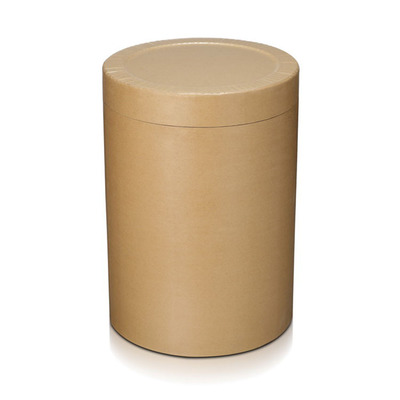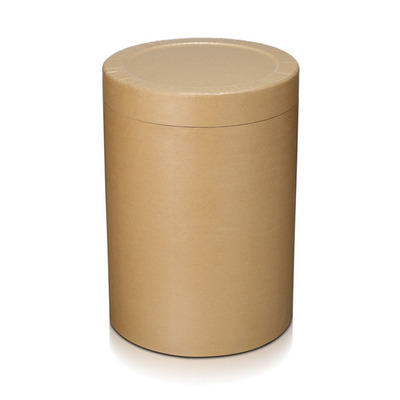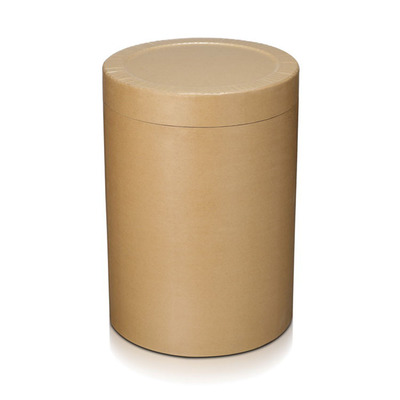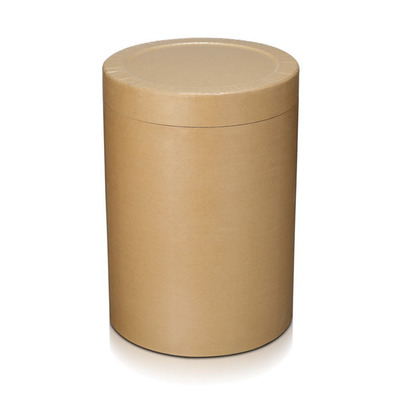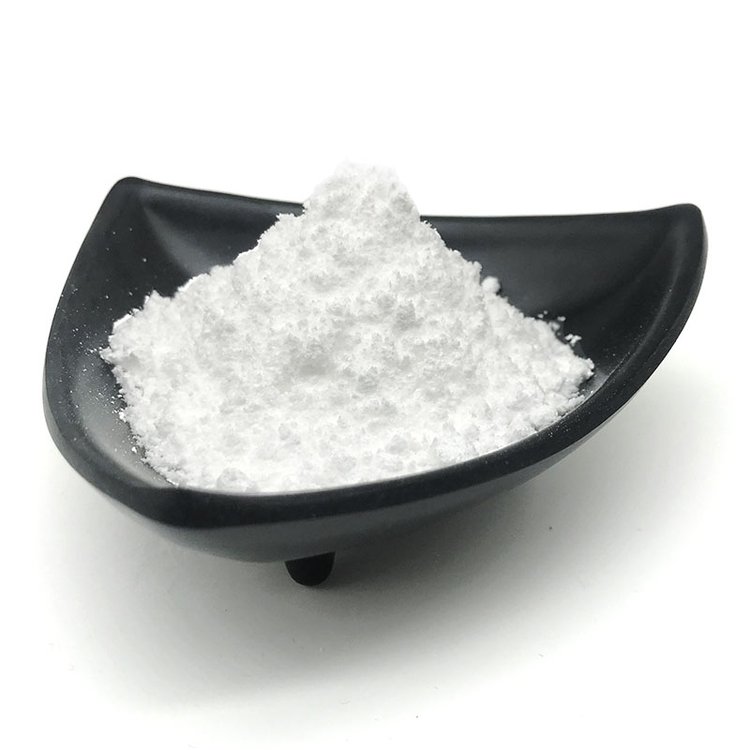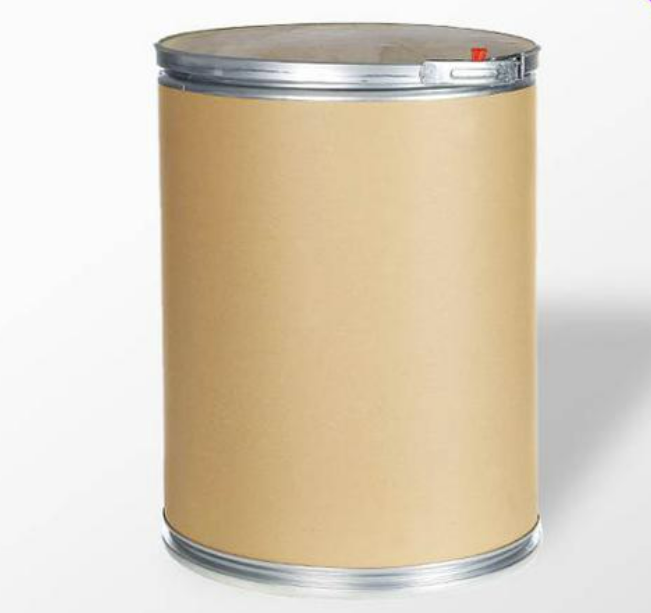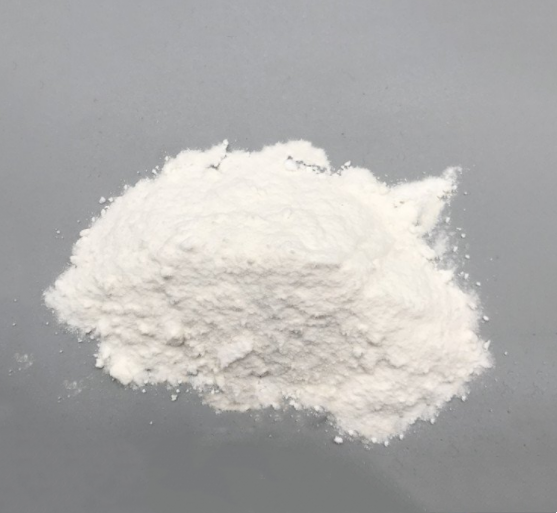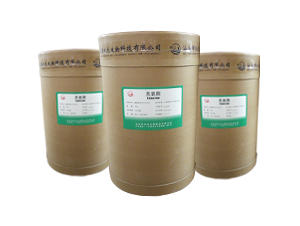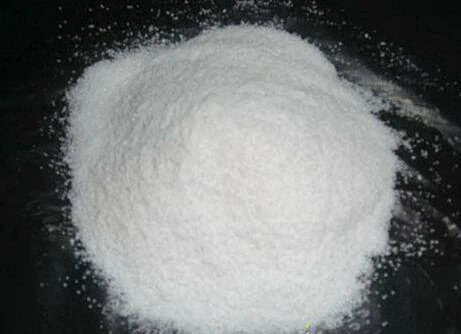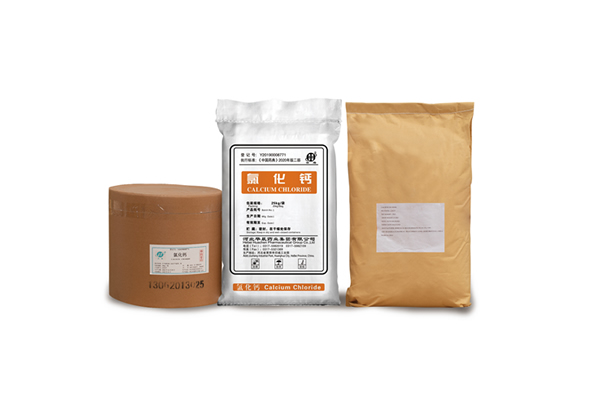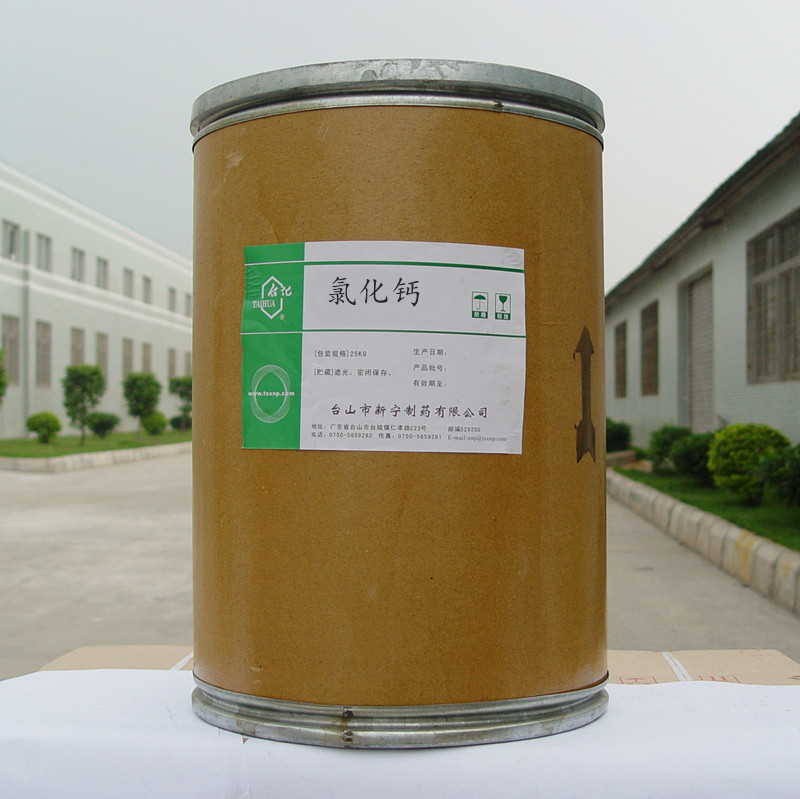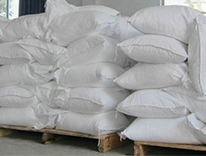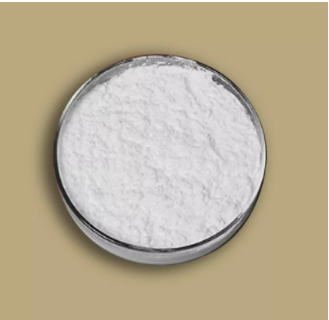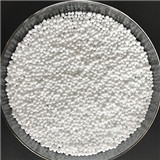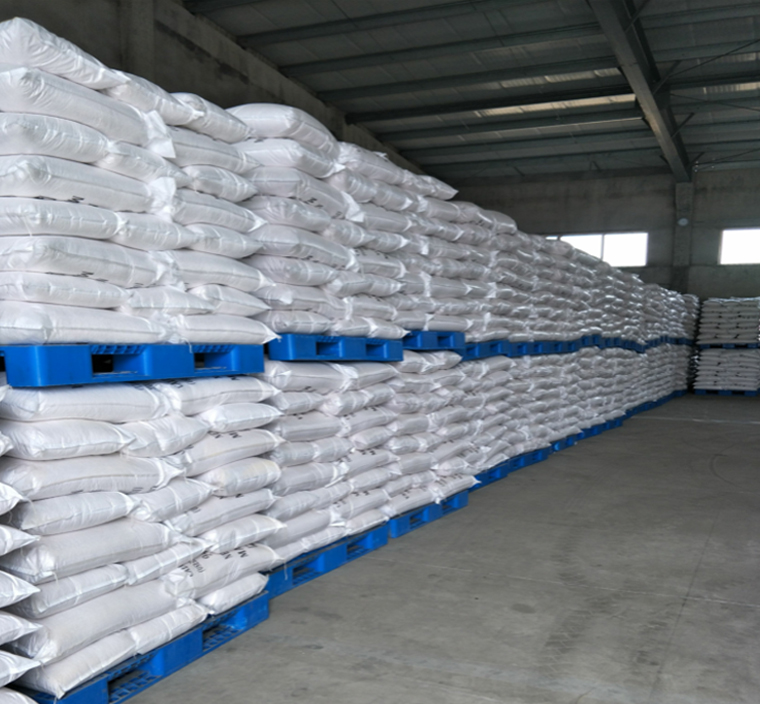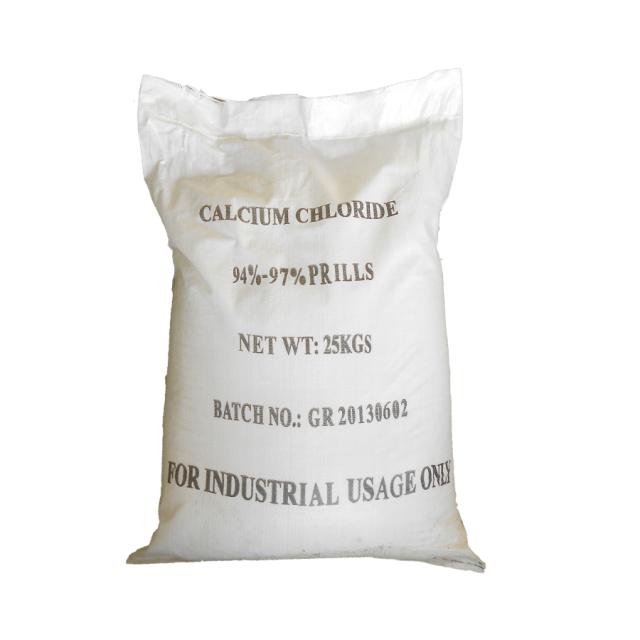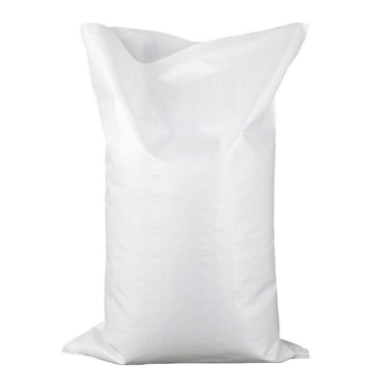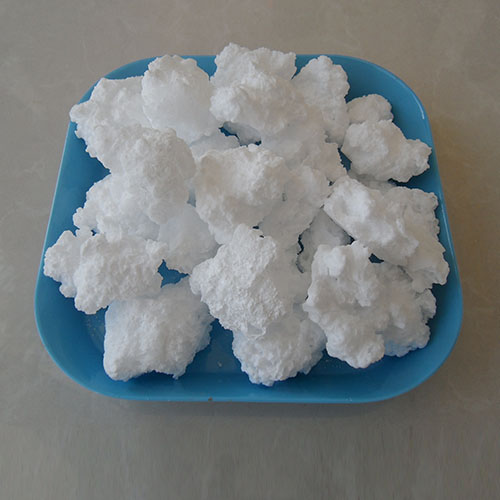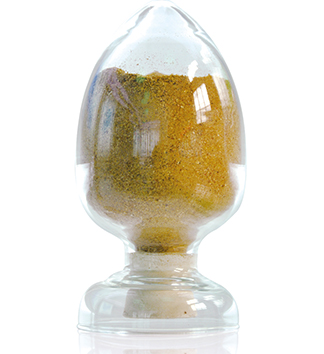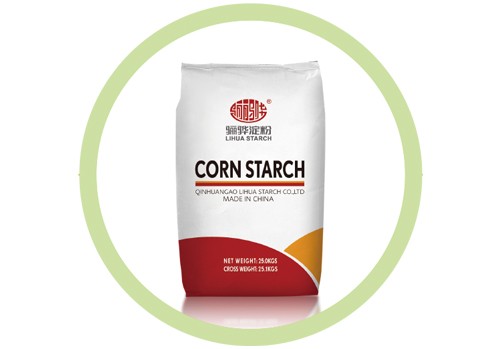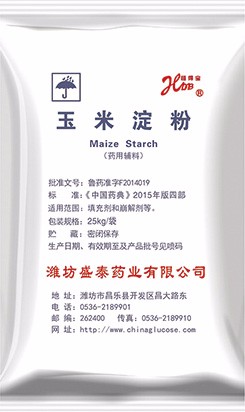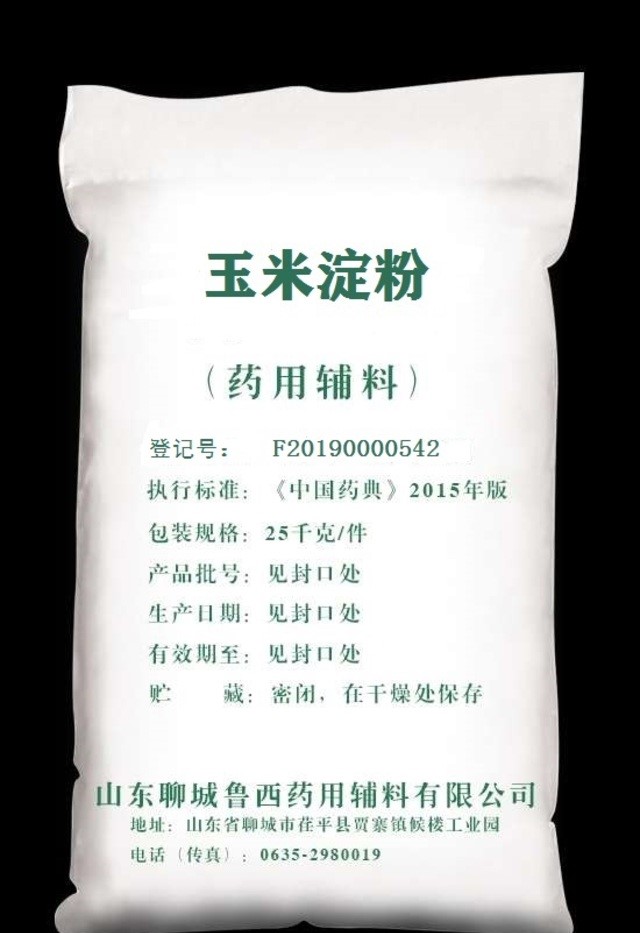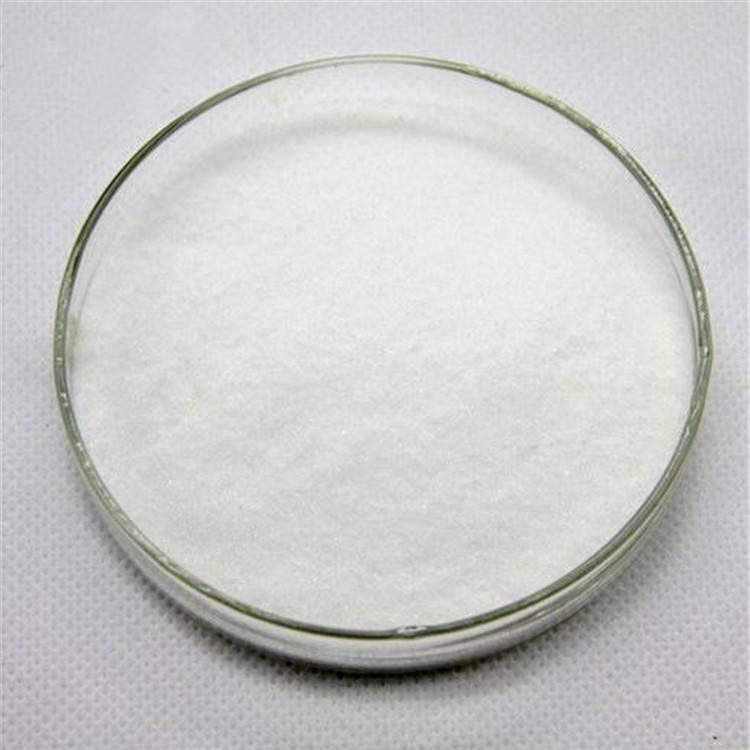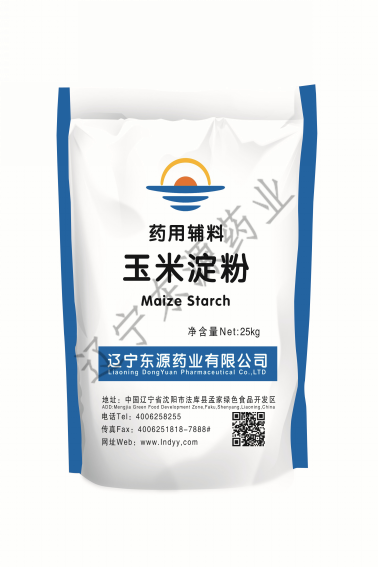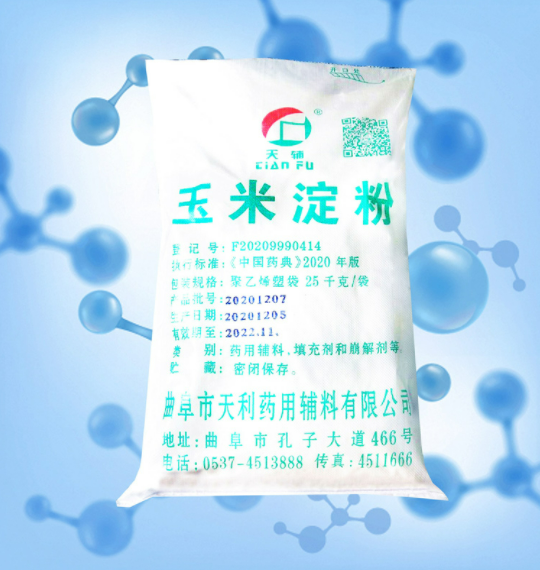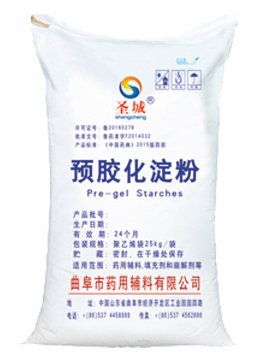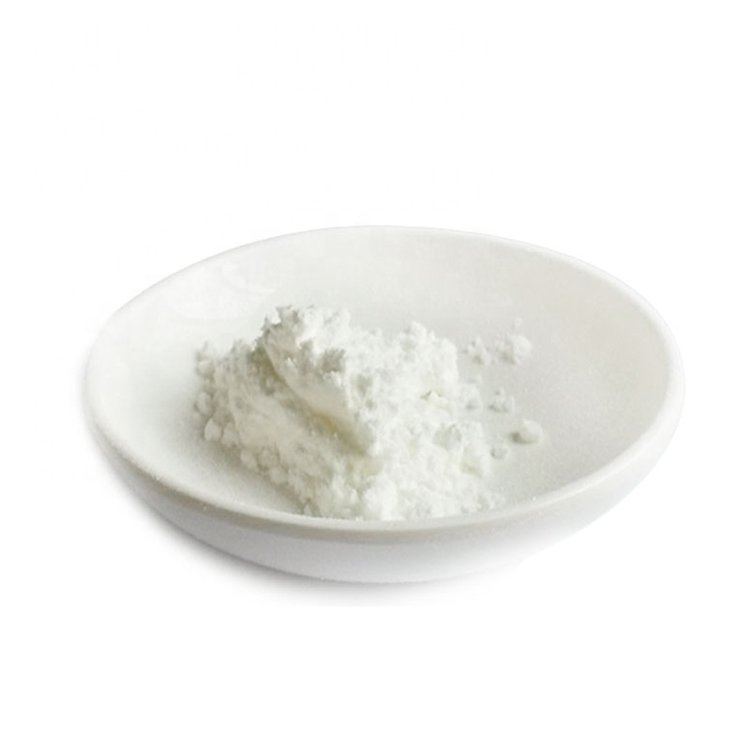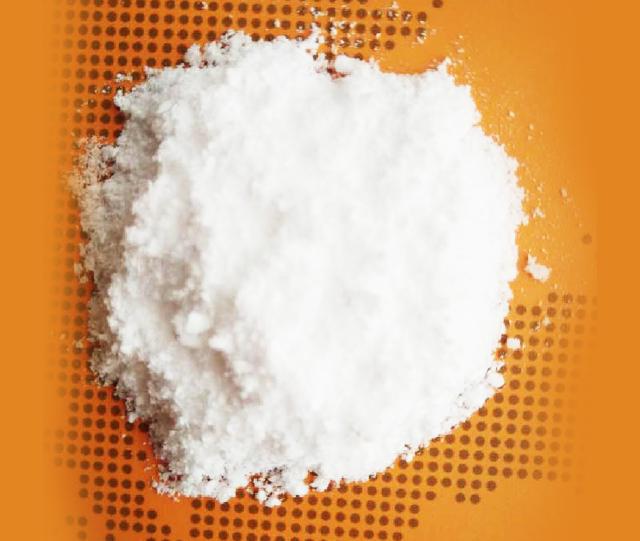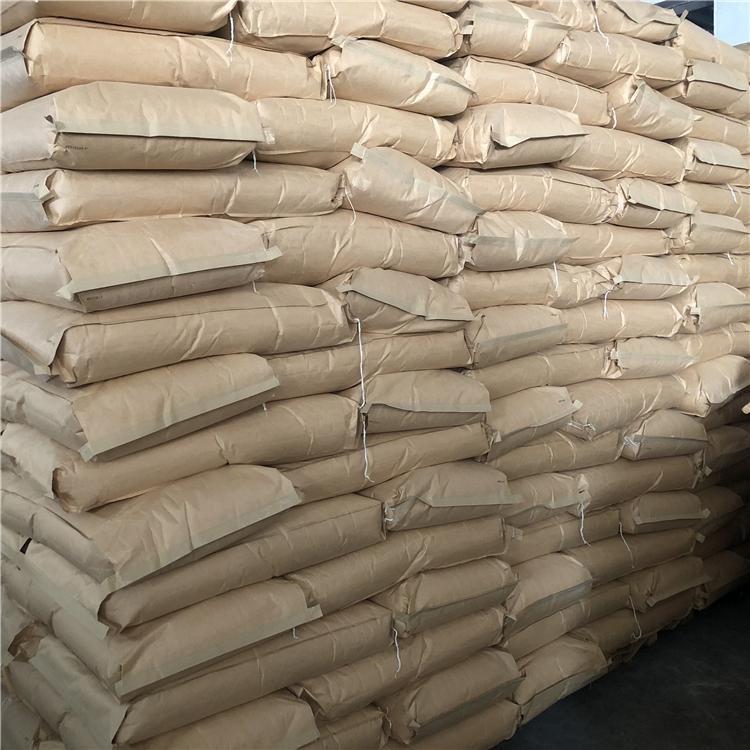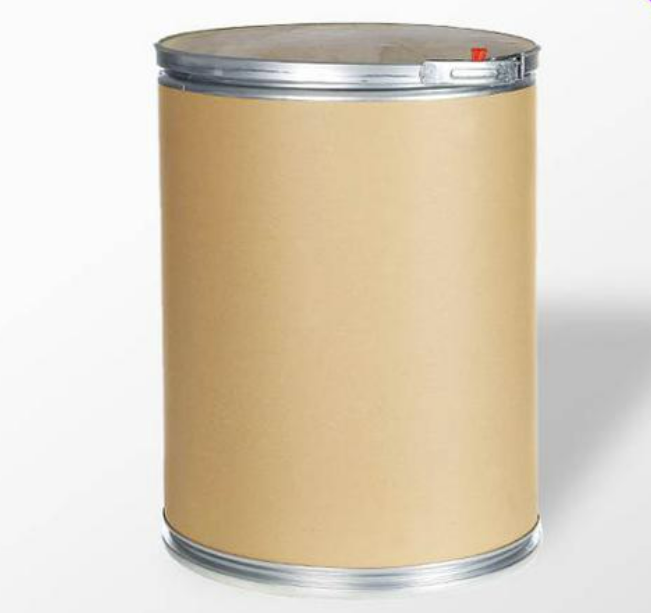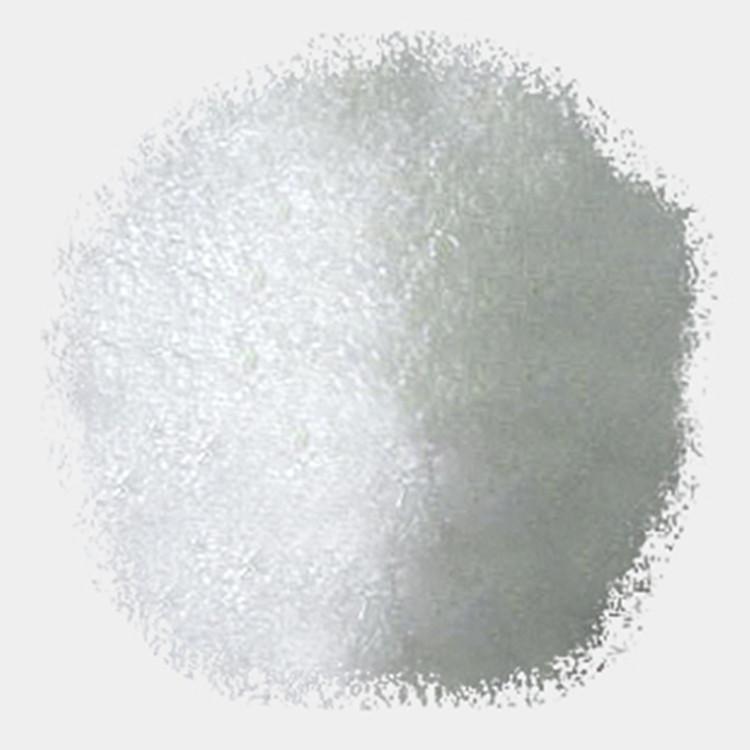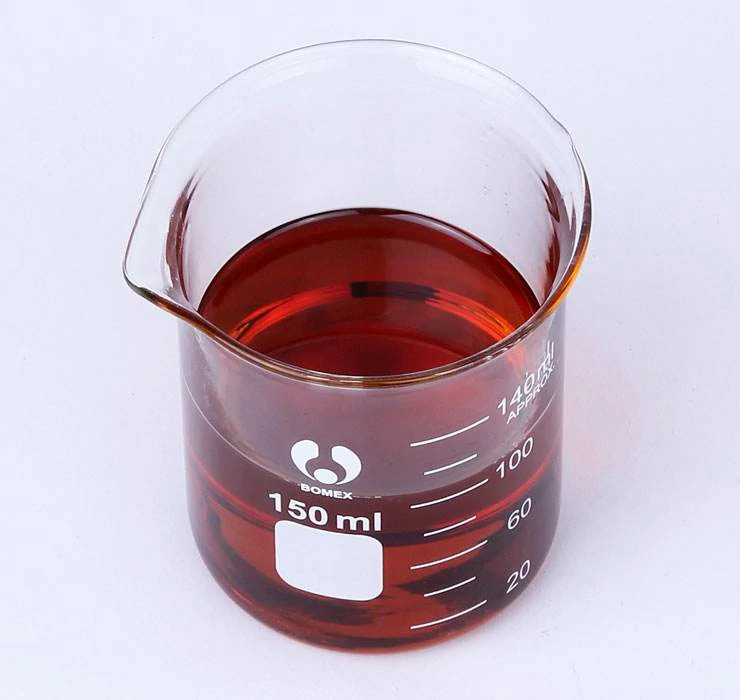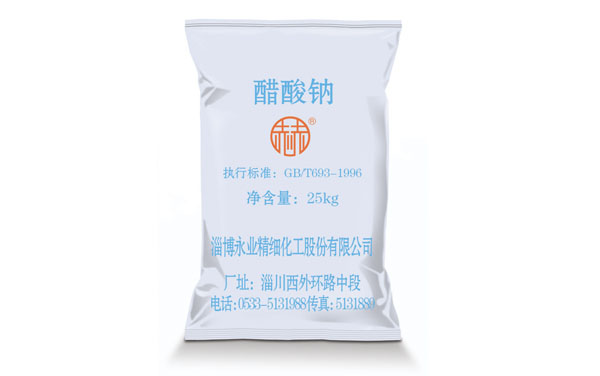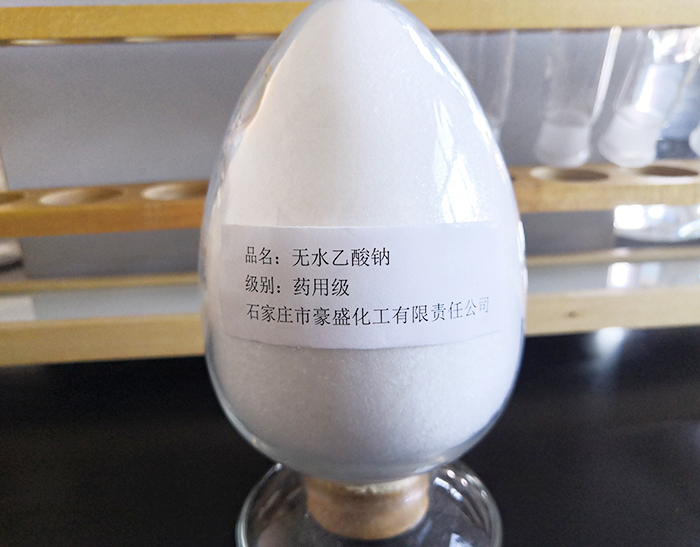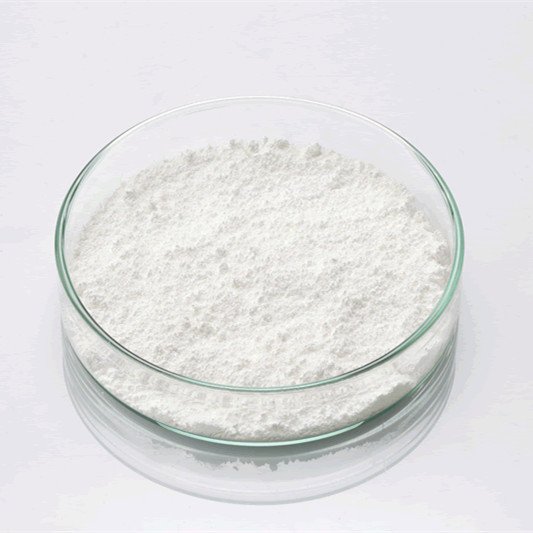API & Intermediate
Pharmaceutical Raw Materials
Veterinary API
Pharmaceutical Intermediates
Biochemicals
Pharmaceutical Excipients
Other Chemical Drugs
Blood System Drugs
Antineoplastic Agents
Nervous System Drugs
Respiratory Drugs
Antibiotics
Synthetic Anti Infective Drugs
Antipyretic Analgesics
Antiallergic Drugs
Fluid, Electrolyte, and Acid-Base Balance
Vitamins and Minerals Medicines
Urinary System Drugs
Digestive System Drugs
Antiparasitic Drugs
Anesthetic Agents
Hormones and Endocrine Drugs
Diagnostic Agents
Circulatory System Drugs
Immune System Medication
Anti Stress Drugs
Inhibitors
Drug Metabolism
Specialty Drugs
Feed Drug Additive
Find
6612
related chemicals for you
CAS:9004-65-3
Molecular Formula:C3H7O
Alias
More Information
Hydroxylpropylmethylcellulose; Hydroxy Proply Methyl Cellulose; Hpmcd; HPMC; Hydroxy Propyl Methyl Cellulose; Hydroxymethylpropylcellulose; Isoptoalkaline; Isoptoplain; Isoptotears; Hydroxypropylmethylcellulose(Hpmc); Hypromellose; Cellulose, 2-Hydroxypropyl Methyl Ether; HPMC E 5; Hypromellose USP(Methocel E5 Premium LV)
Brief Introduction
It is mainly used in polyvinyl chloride (PVC) as suspension polymerization dispersant and stabilizer. It can improve the average particle size, particle size distribution, particle morphology and internal structure of suspended polymer. In addition, HPMC can also be used as thickener, stabilizer, emulsifier, excipient, water retaining agent and film-forming agent in the production of petrochemical, coatings, building materials, paint remover, agricultural chemicals, ink, textile printing and dyeing, ceramics, papermaking, cosmetics and other products.
Suppliers
View More Vendors (17) >
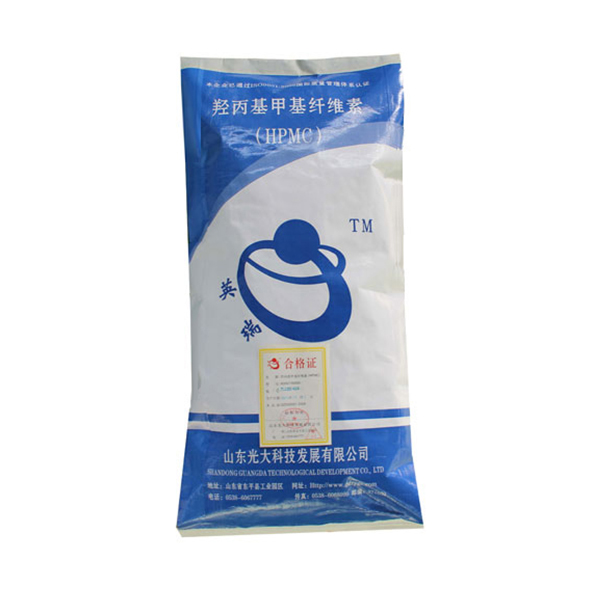
60GD50 Methoxy group%:7.0-12.0,Hydroxypropyl group%:28.0-32.0
/
Tech Grade
25kg
/
Fibre Drum
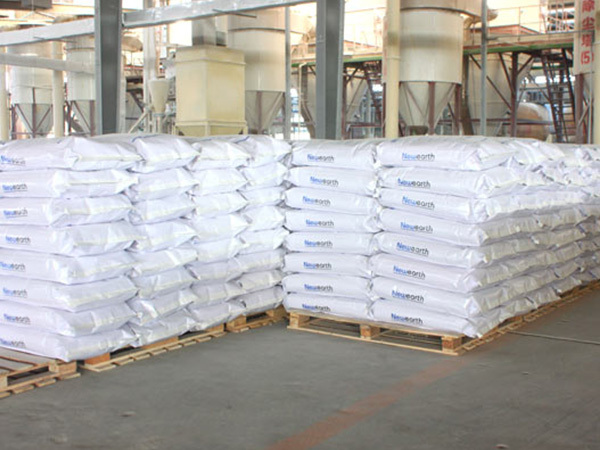
ME ; Methoxy content (%) 28-32; Hydroxypropoxy content (%) 7.5-12; Gelation temperature (° C) 58-64
/
Tech Grade
25kg
/
Woven Bag
Ningbo Wanhong Ruiquan Technology Co.,Ltd.
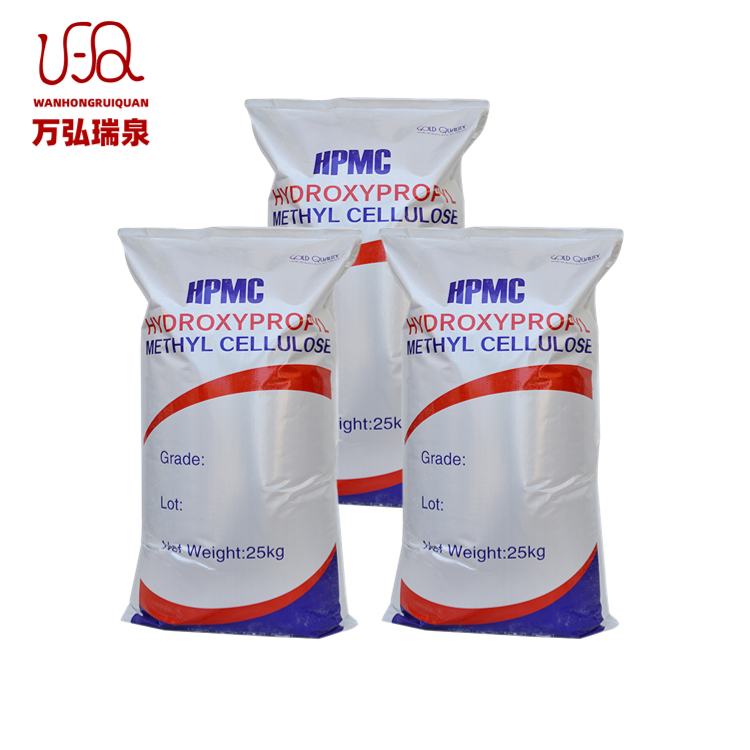
CP/USP/EP/JP
/
Pharm Grade
25kg
/
Paper Bag
Alias
More Information
L-Leucine Acid; H-Glu-Oh; Glutacid; Aciglut; (S)-2-Amino-4-Methyl-Pentanoic Acid; Glutaton; L-Glu; (L)-Leucine; Glutamic; L-(+)-Glutamic Acid; [3H]-L-Glutamic Acid; (S)-(+)-Leucine; [14C]-L-(+)-Leucine; [14C]-L-Glutamic Acid; l Leucine; Leucine
Brief Introduction
Leucine is one of the twenty basic amino acids. It and isoleucine are isomers. In nutrition, leucine is an essential amino acid for human body. Leucine is the most common amino acid in proteins, and it is important for normal development of infants and children and nitrogen balance in adults. It is speculated that leucine may play an important role in maintaining muscle by balancing protein biochemistry and decomposition. The main food sources of leucine are: whole grains, milk, dairy products, eggs, pork, beef, chicken, beans and leafy vegetables.
Suppliers
View More Vendors (12) >
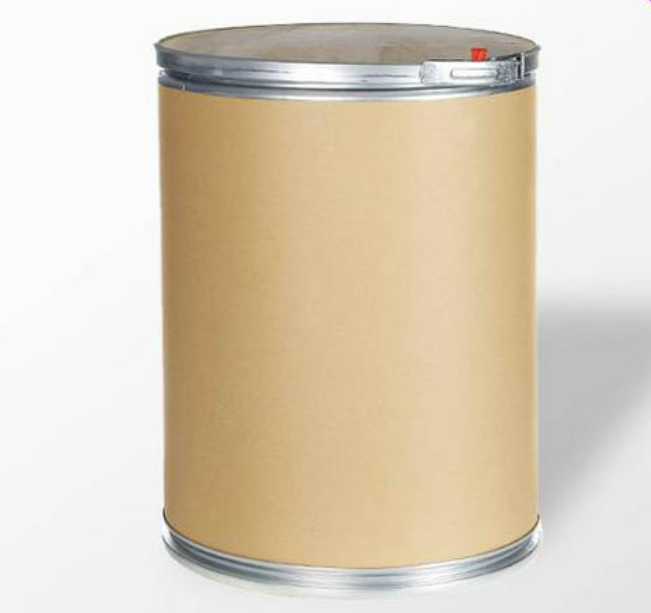
USP/EP/BP/CP/AJI
/
Pharm Grade
25kg
/
Fibre Drum
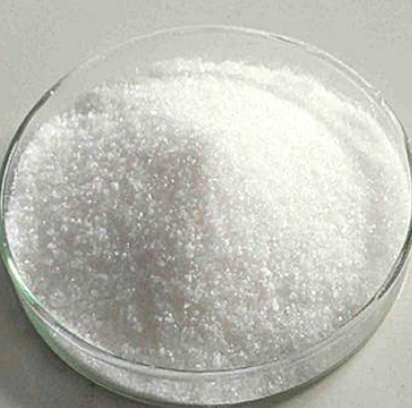
CP/EP/AJI/USP/High Purity Enterprise Standard
/
Pharm Grade
25kg
/
Fibre Drum
CAS:10043-52-4
Molecular Formula:CaCl2
Alias
More Information
Anhydrous Calcium Chloride; Calcium Chloride feed Grade; Calcium Chloride food Grade; Calcium Chloride 77%
Brief Introduction
Calcium chloride and its hydrate and solution have important application value in food manufacturing, building materials, medicine and biology.
Suppliers
View More Vendors (12) >
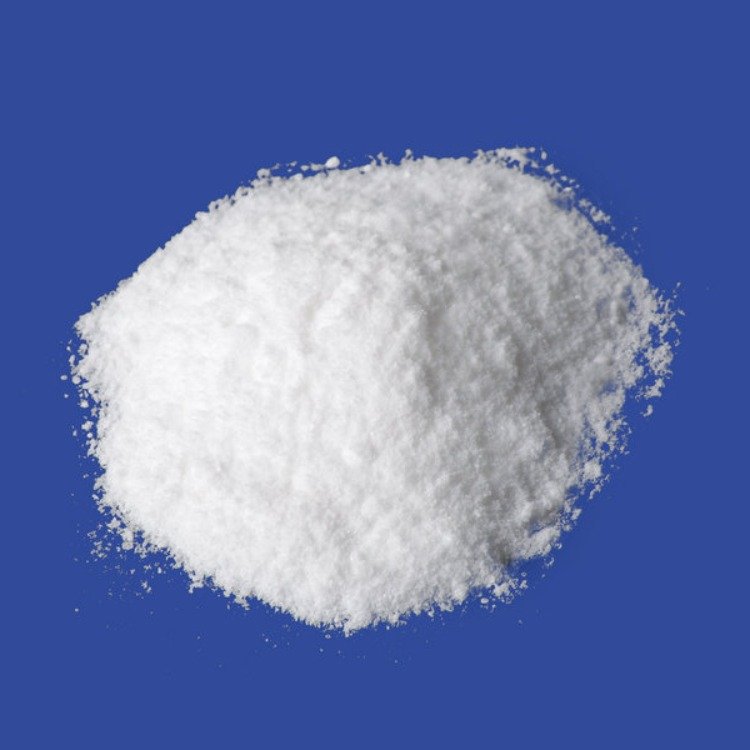
Anhydrous calcium chloride: ≥ 93.0%; Calcium chloride solution: 38.0 ~ 45.0%
/
Food Grade
25kg
/
Paper Bag
Lianyungang Zhonghong Chemical Co.,Ltd.
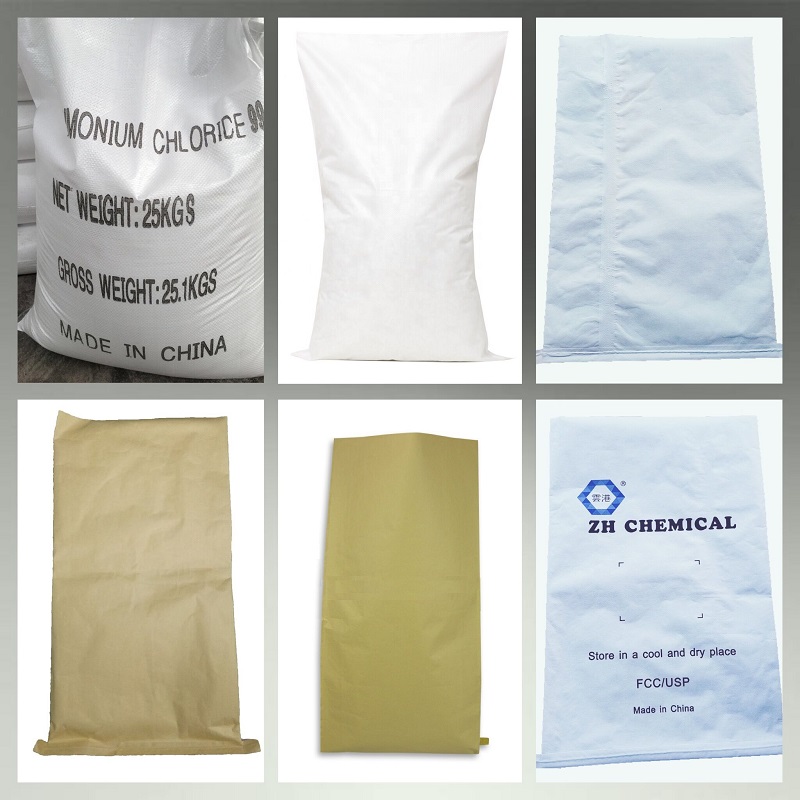
assay ≥99 CAS :10043-52-4
/
-
CAS:9005-25-8
Molecular Formula:(C6H10O5)n
Alias
More Information
Tapon; Trogum; Pregelatinized Starch; ZEA MAYS Starch; W-13Stabilizer; W-Gum; Starch Indicator; Wheat(Triticumvulgare)Starch; Maize Starch; Corn Starch; Thermoplastic Starch
Brief Introduction
Starch is white and light yellow powder. The grain is soaked in 0.3% sulphurous acid and then crushed, sieved, precipitated, dried and ground. Ordinary products contain a small amount of fat and protein, strong moisture absorption, up to 30%. Starch sugar industry uses starch to produce high maltose syrup, fructose syrup, maltodextrin, etc. Starch is used in modified starch industry, and its modified starch is widely used in papermaking, chemical industry and other industries. Starch is used in fermentation industry to produce monosodium glutamate, citric acid and many other products. Starch is also widely used in metallurgy, casting and other industries.
Suppliers
View More Vendors (12) >
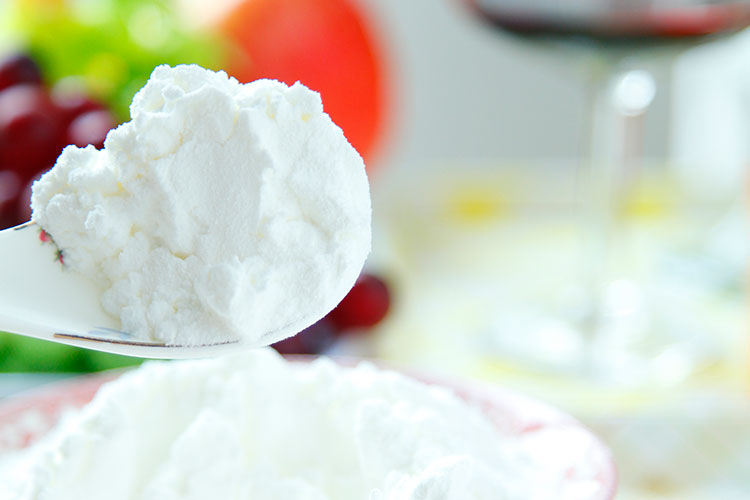
Fineness 150µm(100 mesh) sieve passing rate ≥ 99.5%
/
Food Grade
25kg
/
Fibre Drum
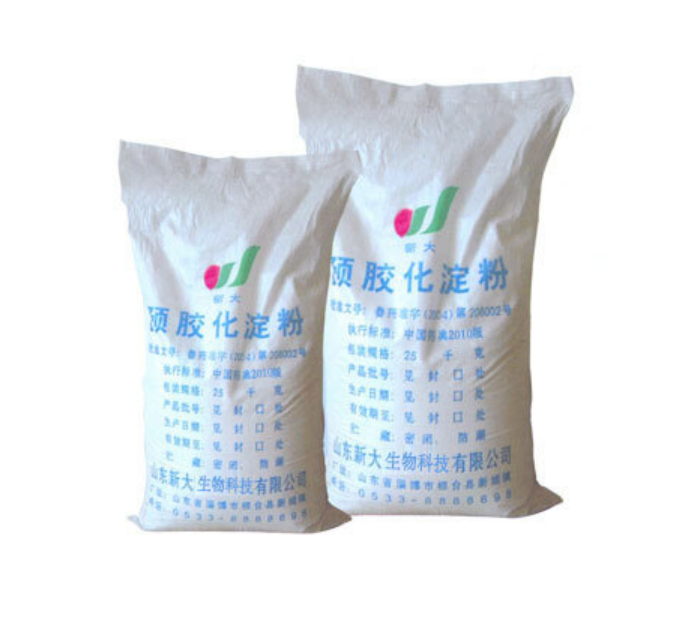
Loss on drying: ≤ 14% ash: ≤ 0.3%
/
Food Grade
25kg
/
Woven Bag
CAS:127-09-3
Molecular Formula:C2H3NaO2
Alias
More Information
Acetic Acid Sodium Salt; Sodium Acetate Anhydrous; Anhydrous Sodium Acetate; Sodium Ethanoate; Sodium;Acetate; Acetic Acid, Sodium Salt (1:1); Sodium Diacetate; Sodii Acetas; Natriumazetat; Natrium Aceticum; Octan Sodny; Acetic acid Sodium; Technical Grade Sodium Acetate; Aceitc acid Sodium
Brief Introduction
This product is used as a buffer of seasoning agent and meat preservative in food production, to control the sticky phenomenon caused by fungi in bread production, and to preserve grains with high water content. This product can also be used as textile printing and dyeing auxiliaries (mordants), buffers for photographic industry, chemical reagents and pharmaceutical intermediates. It can also be used as raw materials for the synthesis of organic chemical products, such as furan acrylic acid, acetate, chloroacetic acid, acetic anhydride and cinnamic acid.
Suppliers
View More Vendors (11) >
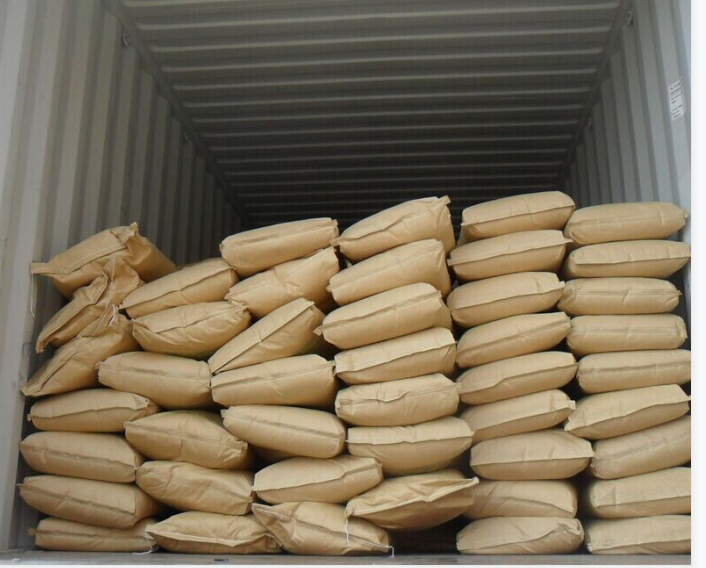
the Ministry of Health Bulletin 2011 No. 19 , FCC
/
Food Grade
25kg
/
Paper Bag
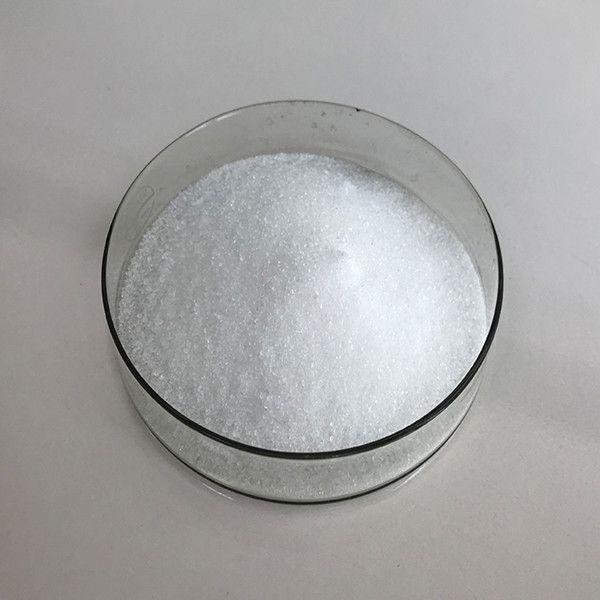
FCC;Free Acetic Acid:39.0~41.0%;Sodium Acetate:58.0~60.0 %
/
Food Grade
25kg
/
Paper Bag
Inquiry (
10
/ 10
)
Clear All
You can inquire for up to 10 products at a time
Sign In
Error!

